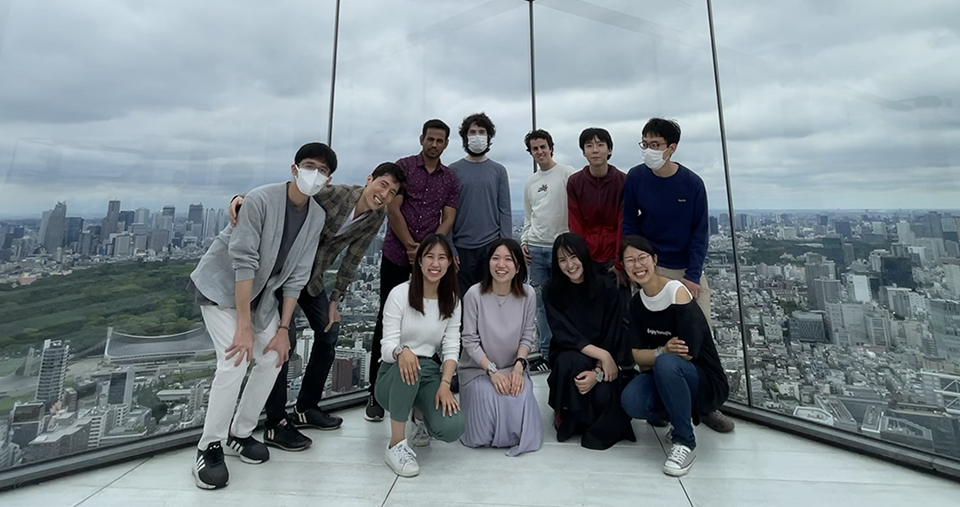

Youtube link
Integration of adult-born neurons into memory circuitry during sleep
In contrast to other brain regions in which neurogenesis is terminated at adulthood, the dentate gyrus of the hippocampus continues to generate new neurons across the human lifespan (e.g., Eriksson et al., Nat. Med., 1998). Several lines of evidence indicate that adult-born neurons can be used to regenerate damaged brain tissue (Sakaguchi and Okano, Dev. Neurobiol., 2012). To utilize adult-born neurons in clinical settings, it is essential to understand how new neurons integrate into existing neuronal circuits.
Previous studies suggest that sleep is important for memory formation. For example, neurons that are activated during learning are re-activated during sleep (e.g., Wilson and McNaughton, Science, 1994). This reactivation is thought to be responsible for memory consolidation. However, evidence that adult-born neurons participate in memory formation during specific stages of sleep was lacking. In rodents, each sleep episode is very short in duration, (e.g., REM occurs for 60 seconds on average), making sleep stage-specific investigation of the function of adult-born neurons technically challenging.
Our group has overcome these challenges by utilizing the advanced techniques of optogenetics to manipulate adult-born neurons during specific stage of sleep and found that sparse activity of the adult-born neurons is necessary for memory consolidation during REM sleep (Kumar et al., Neuron, 2020).
Our goal is to further clarify the mechanisms by which adult-born neurons integrate into memory circuitry during sleep,
which could contribute to the prevention or treatment of neurodegenerative diseases.
Mechanisms of memory consolidation during sleep
Our brains perform various processes during sleep, such as consolidating necessary memories and regulating emotional responses to unpleasant memories. Our laboratory is studying memory processing during sleep in two directions. The first is studying how neurons that continue to regenerate in the adult brain consolidate memories during sleep (Kumar et al., Neuron, 2020, etc.). Second, we are investigating techniques to facilitate the processing of fear memories by sound during sleep (Purple et al., Sci Rep, 2017). Based on the achivements of those basic research, we are currently conducting a clinical study with PTSD patients. This research aims to demonstrate that PTSD can be treated during sleep and to develop a new technology that would allow patients suffering from traumatic memories to be treated at home.
For these research, we utilizes in vivo calcium imaging using original miniscope (Srinivasan,et al., BBRC 2019), optogenetics (Kumar et al., Neuron, 2020) and AI-assisted full-automatic real-time sleep stage specific neuonal activity imaging and interevention (Vergara 2023 ; Koyanagi 2022; Tezuka 2021). Our sthrength is to be able to integrate these technique to provide solid causal evidence between neuronal activities and behavioral changes.




